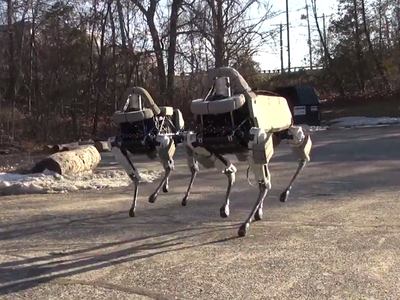The New York City I grew up with is no longer here, and that’s no surprise. It’s always been a place constantly tearing down and building up. But if climate change truly unfolds in a worst-case scenario–or a very bad one, at least–what does that mean for the city? Was Hurricane Sandy just prelude? Will Manhattan, an island crowded with skyscrapers, become Venice? Will it stand on stilts, trying to keep its balance? From Neel V. Patel’s Wired piece “How Climate Change Will Alter New York City’s Skyline,” about a time when weather may continually be an “event”:
Last week’s report estimates that average annual rainfall in New York City will increase between 5 and 13 percent by the 2080s. Sea levels could be as high as six feet by 2100, doubling the area of the city currently at risk for severe flooding. And that’s without taking into account results published this week in Nature that found coastal sea level north of New York City had jumped temporarily by more than five inches between 2009-2010—an extreme, unprecedented event scientists partially blame on climate change.
That means that New Yorkers will first have to radically reinterpret how they use their basements and ground floors. Building owners in flood zones will be responsible for raising habitable spaces up; the city’s Office of Recovery plans to keep ground floors least 2 feet above projected sea level. One way to do that: Abandon all pretense of actually living on the ground floor. Alex Wilson, president of the Resilient Design Institute, advocates for clearing out ground floors and basements in buildings that are at-risk for frequent flooding, and adapting them to let water move in and drain out with minimal damage. “It’s a big challenge if they need to renovate those spaces so they can be flooded,” says Wilson. “That means losing those apartments, moving equipment like boilers to higher floors, and most of all making sure residents have some place to go.”
Buildings will also have to adapt to rising temperatures. New York is going to get much hotter, with average temperatures increasing by as much as 8.8 degrees Fahrenheit by the the 2080s. And the number of heat waves per year will likely triple from two to six.•


